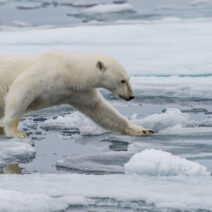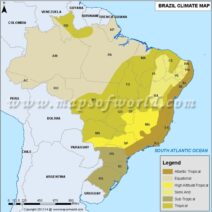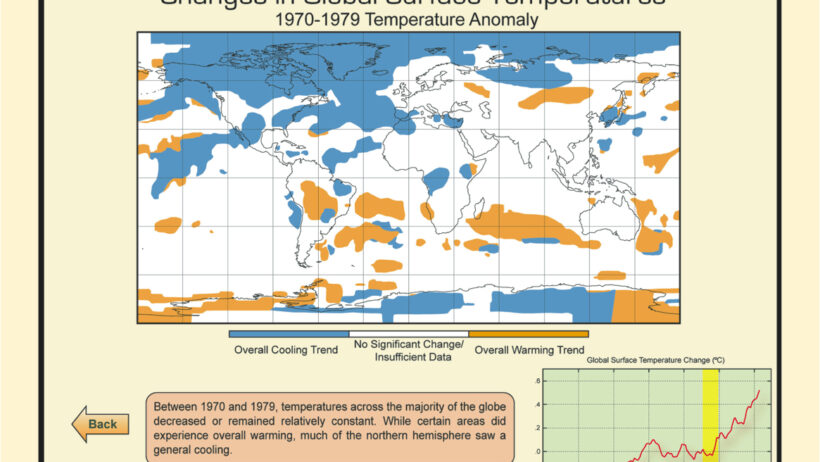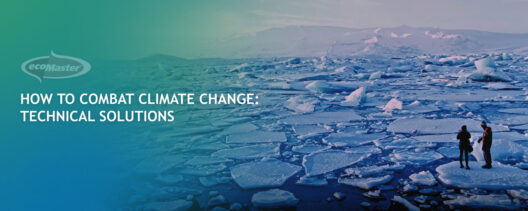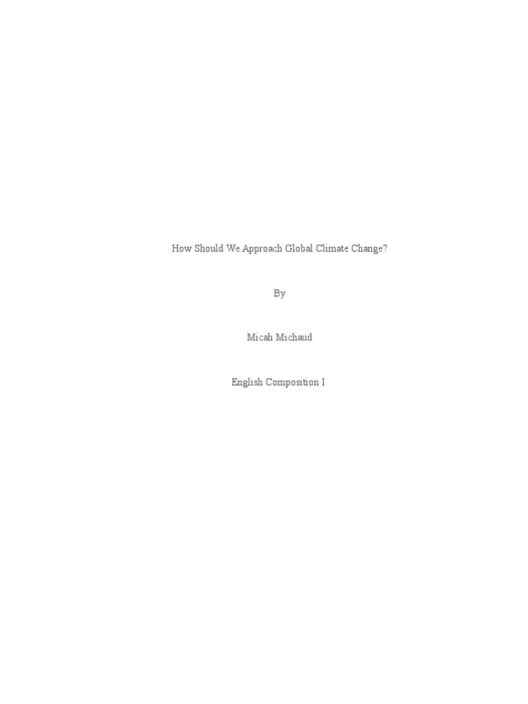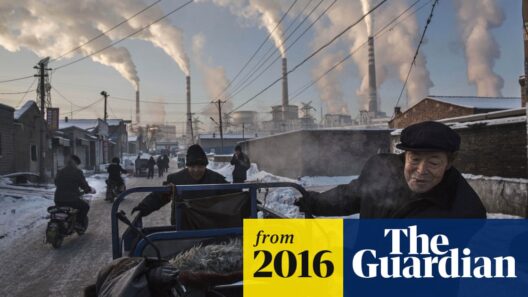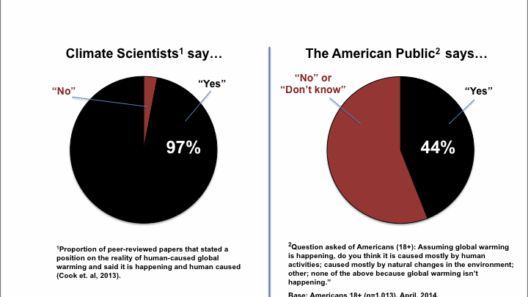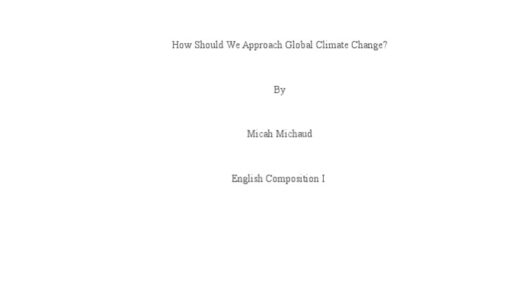Global warming is an intricate issue permeating various aspects of our existence. As the Earth’s temperature rises, the implications ripple through ecosystems, economies, and communities. In this exploration, we unveil the myriad dimensions of global warming, dissecting its causes, effects, and potential solutions.
The Scientific Foundations of Global Warming
Global warming primarily refers to the persistent increase in the Earth’s average surface temperature due to the accumulation of greenhouse gases in the atmosphere, particularly carbon dioxide (CO2), methane (CH4), and nitrous oxide (N2O). These gases trap heat, creating a ‘greenhouse effect’ that is crucial for maintaining life. However, anthropogenic activities—like fossil fuel combustion, deforestation, and industrial processes—have intensified this natural phenomenon.
The combustion of fossil fuels releases significant amounts of CO2. Each year, global fossil fuel consumption generates approximately 36 billion metric tons of CO2. Forests, which ordinarily serve as carbon sinks, are being depleted at alarming rates, further exacerbating the carbon concentration in the atmosphere. Notably, agriculture contributes to greenhouse gas emissions as well, with livestock like cows emitting methane during digestion, a gas that is over 25 times more potent than CO2 in the short term.
The rising temperatures have ensnared the attention of scientists, political leaders, and activists alike, indicating the urgency to both comprehend and combat the escalating crisis.
Manifestation of Rising Temperatures: From Melting Ice to Altered Habitats
The ramifications of global warming are evident across the globe in various forms. One of the most visible outcomes is the melting of polar ice caps and glaciers. NASA has reported that the Arctic is warming approximately twice as fast as the global average, leading to shrinking ice sheets and rising sea levels. This phenomenon threatens coastal communities and ecosystems, inducing phenomena like erosion and increased flooding.
Moreover, the ramifications extend beyond mere physical transformations. Species across the planet are being forced to adapt, migrate, or face extinction. For instance, the temperature sensitivity of coral reefs poses existential threats to these biodiverse marine ecosystems. Coral bleaching—a phenomenon exacerbated by rising sea temperatures—results in the loss of vital habitats for countless marine species.
In terrestrial environments, shifting temperature patterns disrupt traditional habitats. Animals like polar bears are becoming increasingly dependent on dwindling ice for hunting, while migratory patterns of birds and insects are being altered, affecting food chains and ecosystems. Such disruptions reveal the interconnectedness of life on Earth, highlighting how climate change poses a holistic threat to biodiversity.
Socioeconomic Consequences: A Ripple Effect
The socioeconomic ramifications of global warming are as pressing as the environmental ones. In developing countries, where communities often depend on agriculture, alterations in weather patterns—such as inconsistent rainfall and extreme weather events—jeopardize food security. Crop yields are declining, while pest and disease prevalence is on the rise, exacerbating poverty and malnutrition.
Natural disasters, intensified by global warming, are inflicting deeper wounds on the global economy. Hurricanes, floods, and wildfires have become increasingly severe, demanding higher disaster response budgets and reconstruction efforts. According to a report by the National Oceanic and Atmospheric Administration (NOAA), in the last decade alone, the number of billion-dollar weather-related disasters has significantly increased, indicating a concerning trend.
This economic strain is magnified by public health challenges. Rising temperatures contribute to the proliferation of diseases, as warmer climates allow vectors like mosquitoes to thrive in new regions. Heatwaves become more frequent and severe, posing immediate health risks, particularly to vulnerable populations such as the elderly. Thus, the societal fabric threads through economic robustness, public health, and ecological stability.
Pathways to Mitigation: Collective Responsibility
Addressing the challenge of global warming necessitates collective action from individuals, governments, and corporations. Transitioning to renewable energy sources—such as solar, wind, and geothermal—represents a pivotal step in reducing reliance on fossil fuels. The commitment to reducing carbon footprints through sustainable practices can lead to significant progress.
Furthermore, reforestation and afforestation initiatives can bolster carbon sequestration efforts, restoring ecological balance. Communities must engage in conservation efforts, protecting existing forests and our oceans. Local and global cooperation is fundamental; climate agreements—such as the Paris Accord—underscore the necessity of interdisciplinary and multinational collaboration to forge systemic changes.
Education and advocacy are paramount. Raising awareness about individual actions and their cumulative effects can lead to substantial change. Empowering citizens through knowledge fosters a culture of responsibility, prompting lifestyle choices that prioritize environmental health.
Conclusion: The Urgent Call to Action
The issue of global warming is not merely an environmental concern; it is a multifaceted challenge that intersects with every aspect of human life. As temperatures rise, we face pressing consequences that extend beyond our planet’s health. The intricate weave of ecosystems, economies, and social systems necessitates an all-encompassing response. By understanding the impacts of global warming, we can catalyze collective efforts toward a sustainable future, ensuring that we not only survive but flourish in harmony with our planet.
